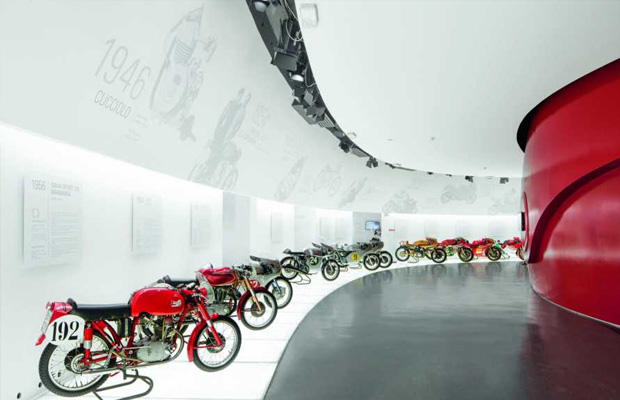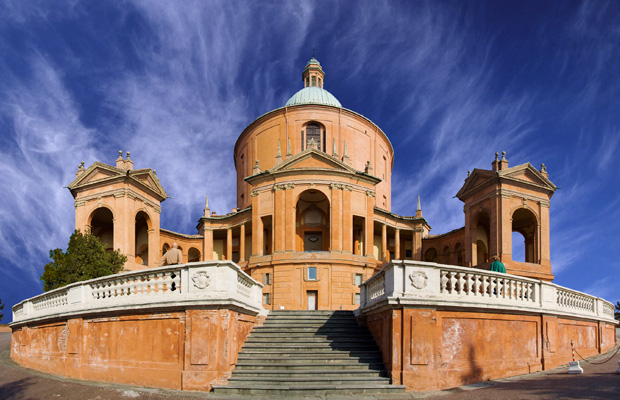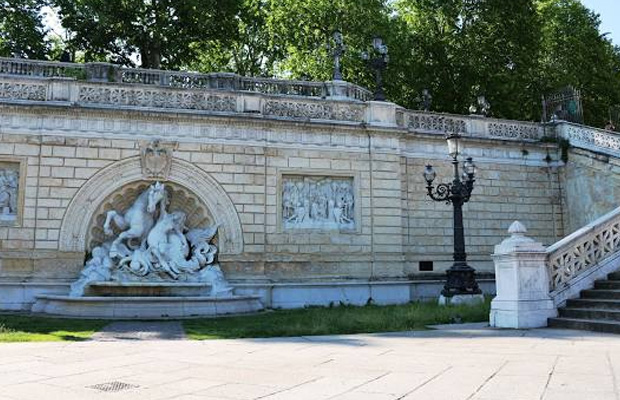Basilica of San Domenico
Basilica of San Domenico
Italy
Bologna
Bologna Travel Guide
Book Tour & Activities
Your tour in Bologna.
Book your stay
Your hotel in Bologna.
Overview
The Basilica of San Domenico is one of the major churches in Bologna, Italy. The remains of Saint Dominic, founder of the Order of Preachers, are buried inside the exquisite shrine Arca di San Domenico, made by Nicola Pisano and his workshop, Arnolfo di Cambio and with later additions by Niccolò dell'Arca and the young Michelangelo.
The Basilica of San Domenico is one of the major churches in Bologna, Italy. The remains of Saint Dominic, founder of the Order of Preachers, are buried inside the exquisite shrine Arca di San Domenico, made by Nicola Pisano and his workshop, Arnolfo di Cambio and with later additions by Niccolò dell'Arca and the young Michelangelo.
History
Dominic Guzman, on arriving in Bologna in January 1218, was impressed by the vitality of the city and quickly recognized the importance of this university town to his evangelizing mission. A convent was established at the Mascarella church by the Blessed Reginald of Orleans. As this convent soon became too small for their increasing number, the preaching Brothers moved in 1219 to the small church of San Nicolò of the Vineyards at the outskirts of Bologna. St. Dominic settled in this church and held here the first two General Chapters of the order (1220 and 1221). Saint Dominic died in this church on 6 August 1221. He was buried behind the altar of San Nicolò.
Between 1219 and 1243 the Dominicans bought all surrounding plots of land around the church. After the death of Saint Dominic, the church of San Nicolò was expanded and a new monastic complex was built between 1228 and 1240. The apsidal area of the church was demolished and the nave was extended and grew into the Basilica of Saint-Dominic, This church became the prototype of many other Dominican churches throughout the world.
The big basilica was divided in two parts:
the front part, called “internal church”, was the church of the brothers. It was built in a protogothic style with a nave, two aisles and ogival vaults.
the church for the faithful, called “external church”, with the simple columns and the trussed flat roof of the old church.
Both churches were divided by a ramp. The church was consecrated by Pope Innocent IV on 17 October 1251. On this occasion the crucifix by Giunta Pisano was shown for the first time to the faithful.
The remains of the saint were moved in 1233 from its place behind the altar to a simple marble sarcophagus, situated on the floor in the right aisle of the church for the faithful. Since most of the pilgrims, who came in great numbers to see the grave, were not able to see this shrine, hidden by so many people standing in front of it, the need was felt for a new shrine. In 1267 the remains of Saint Dominic were then moved from the simple sarcophagus into the new shrine, decorated with the main episodes from the life of the Saint by Nicola Pisano. Work would continue on this shrine for almost five centuries.
The church was enlarged and the two sections were modified in many ways in the course of the next centuries. New side chapels were built, the majority in the 15th century. A Roman-Gothic bell tower was added in 1313 (recently restored). The dividing wall between the two churches was finally demolished in the beginning of the 17th century. The choir was at the same time moved behind the altar. Between 1728 and 1732 the interior of the church was completely renewed by the architect Carlo Francesco Dotti, sponsored by the Dominican pope Benedict XIII, into its present-day Baroque style.
Early on the church began receiving many works of art from the faithful. This has grown into the present-day vast collection of exceptional art treasures created by some the greatest Italian artists, including Giunta Pisano, Nicola Pisano, Arnolfo di Cambio, Niccolò dell'Arca, Michelangelo, Iacopo da Bologna, Guido Reni, Guercino and Filippino Lippi.
Address: P.za S. Domenico, 13, 40124 Bologna BO, Italy
Opened: 1228
Province: Metropolitan City of Bologna
Burials: Saint Dominic, Guido Reni, Elisabetta Sirani, MORE
Architectural styles: Renaissance architecture, Romanesque architecture
Video Travel Inspiration
See Basilica of San Domenico on Map
Most Popular Cities

Siem Reap
Cambodia
Ho Chi Minh City
Vietnam
Beijing
China
Paris
France
London
United Kingdom
New York
USA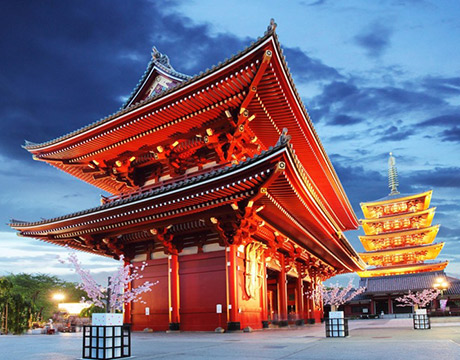
Tokyo
Japan
Bangkok
Thailand
Seoul
South Korea
Vientiane
Laos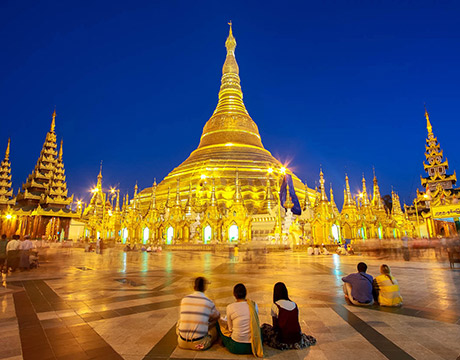
Yangon
Myanmar
Washington DC
USA
Los Angeles
USA
Ottawa
Canada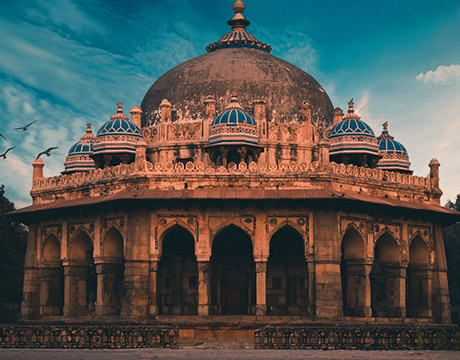
New Delhi
India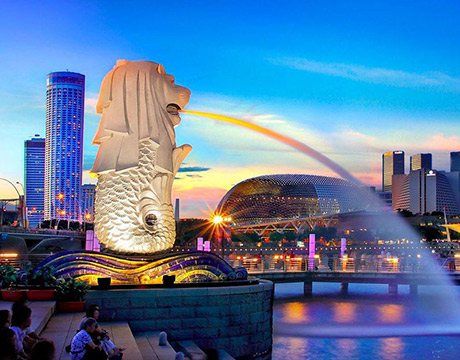
Singapore
Singapore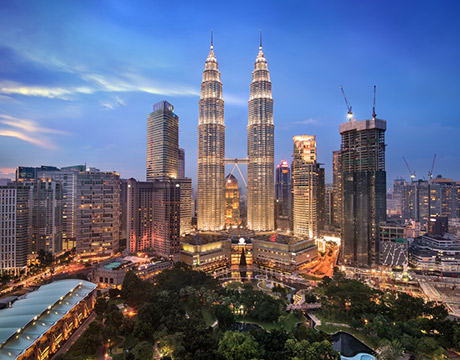
Kuala Lumpur
Malaysia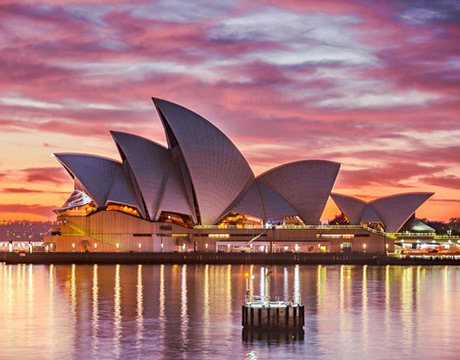
 English
English French
French Khmer
Khmer Thai
Thai Vietnamese
Vietnamese Chinese
Chinese Korean
Korean German
German Japanese
Japanese Italian
Italian Russian
Russian Spanish
Spanish Dutch
Dutch Indonesian
Indonesian Malay
Malay


